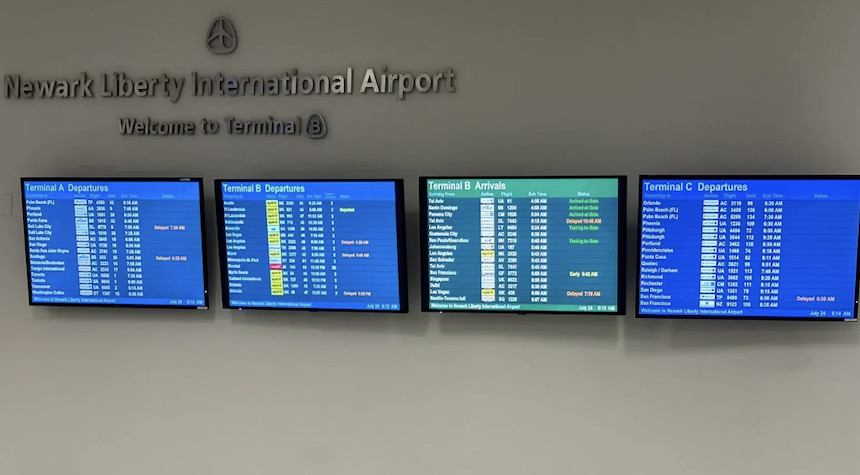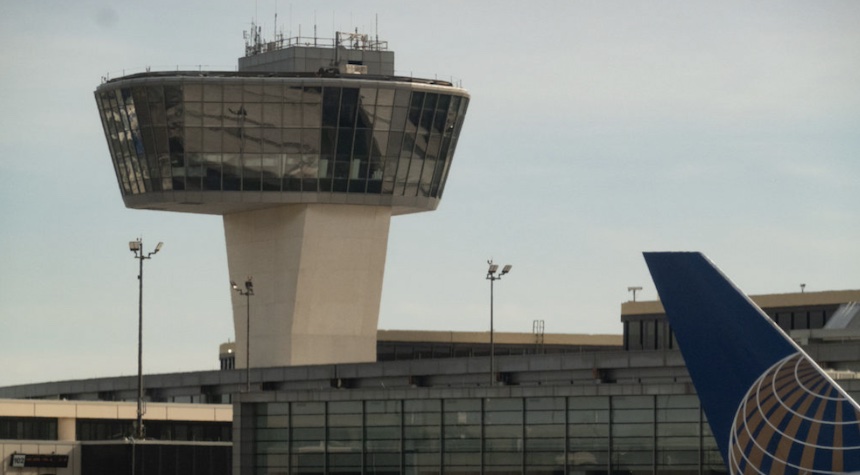The radar system guiding our flying machines towards Newark, New Jersey, lost its vigilance for the second time in two weeks on a recent Friday morning. It seems to be a repeating chorus in a song of concern that’s playing louder and louder.
The Federal Aviation Administration (FAA) reported that the radar at their facility in Philadelphia, which shepherds planes in and out of Newark, went dark for 90 seconds at the ungodly hour of 3:55 a.m. It’s a déjà vu moment, reminiscent of an incident that occurred on April 28.
That first blackout resulted in a cascade of flight cancellations and delays at Newark Airport, as the FAA pumped the brakes to ensure safety. The ripple effect of this outage was also felt in the ranks of the air traffic controllers, with several taking trauma leave, exacerbating an already existing shortage.

The FAA announced plans to swap out the existing, outdated copper wires for new fiber-optic data lines. These lines will act as the arteries, carrying critical radar signals between the facilities in Philadelphia and New York.
Transportation Secretary Sean Duffy unveiled a multi-billion-dollar blueprint to revamp the country’s aging air traffic control system. The goal? To prevent future blackouts and equip our controllers with state-of-the-art technology.
“But consider this perspective for a moment. These shortcomings aren’t new, but rather a well-known tune played on an old, broken record. Despite these known issues, it’s yet to be proven whether a flawed air traffic control system was the culprit behind the tragic mid-air collision over Washington, D.C. earlier this year.”
Our nation’s air traffic control system is ailing, and the stakes couldn’t be higher. As we continue to rely on our skies for transportation, let’s hope the powers that be are heeding that advice.

